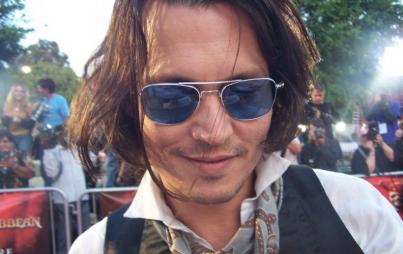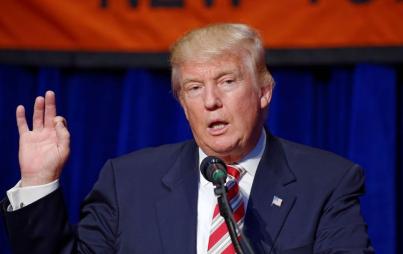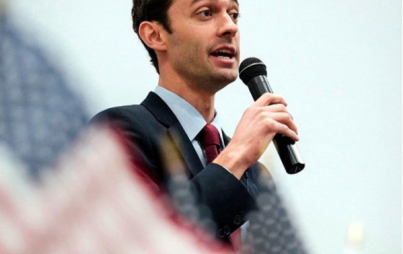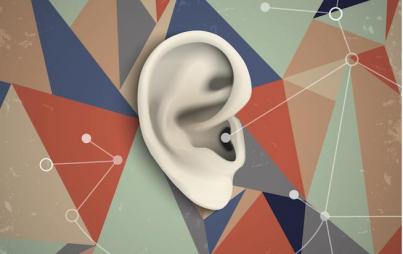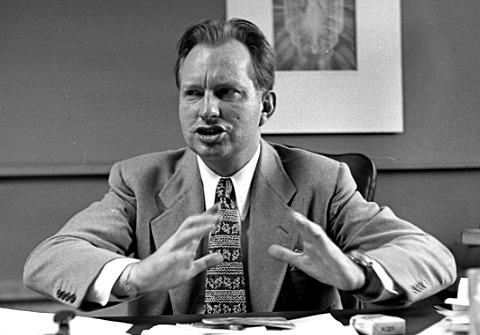
When it comes to harassment and intimidation tactics to get their way, Scientologists are masterful as toddlers. Many critical defectors and journalists have been stalked, threatened and slandered by Scientologists. The group even bullied the U.S. Internal Revenue Service into officially designating it as a tax-exempt religion under threat of filing never-ending lawsuits. (Previously huge sums of tax-payer money went into fighting the absurd Scientology lawsuits). Charming.
Another favorite tactic of the group? Pressuring publishing companies to quash production of unfavorable books and articles. This is precisely what happened to British journalist Russell Miller, whose 1987 exposé of Scientology founder, L. Ron Hubbard’s life—Bare-Faced Messiah—was printed all across the free world, except the United States. After two years of Scientology litigation, Miller’s American publisher made like the IRS and gave up.
And although the biography is a major reference for subsequent books on Scientology (including Lawrence Wright’s recent much-talked about work, Going Clear) few in the U.S. have been able to read it. (Which explains why the going price for a hardcover copy of the book on Amazon’s U.S. site is a whopping $200.)
But now, 27 years after its original release, the book is finally getting it’s chance in America. Silvertail Books has announced its release in tablet and print for the land that also brought us Charles Manson, Jim Jones and the Branch Davidians. The newest version of the book includes new introductory material from Miller, as well as the unchanged content that rips apart Scientology’s myths about itself.
Let’s examine some of these salacious stories, shall we?
Scientology legend: Hubbard traveled extensively in Asia, where as a precocious teenager he communed with holy men impressed by Hubbard’s philosophical nature.
Reality: Hubbard made exactly two trips to Asia while his father was on work assignments. Among his enlightened observations, Hubbard wisely conjectured that the Chinese could make a fortune by turning the Great Wall into a roller coaster. And through great meditation he was able to surmise in his journal the real zen-killing vice of the populace: “The trouble with China is, there are too many chinks here.” (Ah, can’t you feel the negative energy leaving your body?)
Scientology legend: Hubbard was one of the nation’s first nuclear physicists, as well as a medical doctor.
Reality: Straight-up no on both accounts. His records show he failed the only class he ever took in nuclear physics; he also dropped out of college as a sophomore, and never earned a university degree.
Scientology legend: Hubbard was a larger-than-life figure in World War II, serving in “all five theaters” of the war, invoking life-threatening injuries and commanding ships in the Atlantic and Pacific.
Reality: His wartime experience was a comedy of errors in which he was repeatedly relieved of command and reprimanded. And though he did have physical ailments, they were a bit less epic than portrayed: principally pink eye and a stomach ulcer.
But let's not stop there! Not only does Scientology perpetuate fictional assertions of things Hubbard didn’t do, it totally leaves out wild things he did do.
A delightful smattering of his escapades:
Venture into the occult: Hubbard didn’t spend his post-war years twiddling his thumbs; he jumped head first into the dark arts! After landing a spot at a boarding house for eccentric artists, Hubbard joined in sex “magick” rituals (among other occult activities) with various women (he preferred wives and girlfriends of his chums) in the attempt to follow teachings of creepster occultist extraordinaire, Aleister Crowley. (For his part, Crowley reportedly complained of Hubbard’s “idiocy.”)
Government run-in round 1:
Once Scientology started picking up steam in the 1960s, Hubbard’s organization ran into trouble with the FDA, which went all killjoy on Scientology’s claims that 70% of human ailments are psychosomatic, and that Scientologists could render themselves immune to illness through the help of “e-meters” and self “auditing.”
Government run-in round 2:
Under Hubbard’s encouragement, Scientology’s most fanatical believers engaged in the largest known infiltration of the U.S. government. Operation “Snow White” aimed to steal federal documents with damaging information about Hubbard. Ultimately, Snow White bit the dust in 1977 after an FBI raid of the church, and 11 top church officials went to prison. The group replaced the defunct spy group with another intelligence outfit called the Office of Special Affairs—and it’s still alive and well.
For government run-ins rounds 3 through bazillion, you’ll have to read Miller's and Wright's books.
Despite its maddening continued endorsement from various celebrities, (and yes, Hubbard himself came up with the idea of targeting the rich and famous for recruitment), Scientology has been heavily criticized in the last several years from an increasing stream of defectors and heightened media attention. Perhaps with the organization reeling from the public relations fallout, SilverTail felt brave enough to print the book without major Scientology harassment.
Only time will tell, but if history is any indicator, the publishing house should watch its back, and keep its lawyers on speed dial.
Image: L. Ron Hubbard working his charisma. From commons.wikimedia.org.

